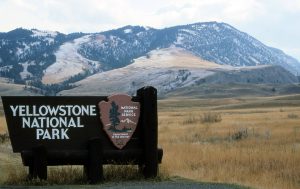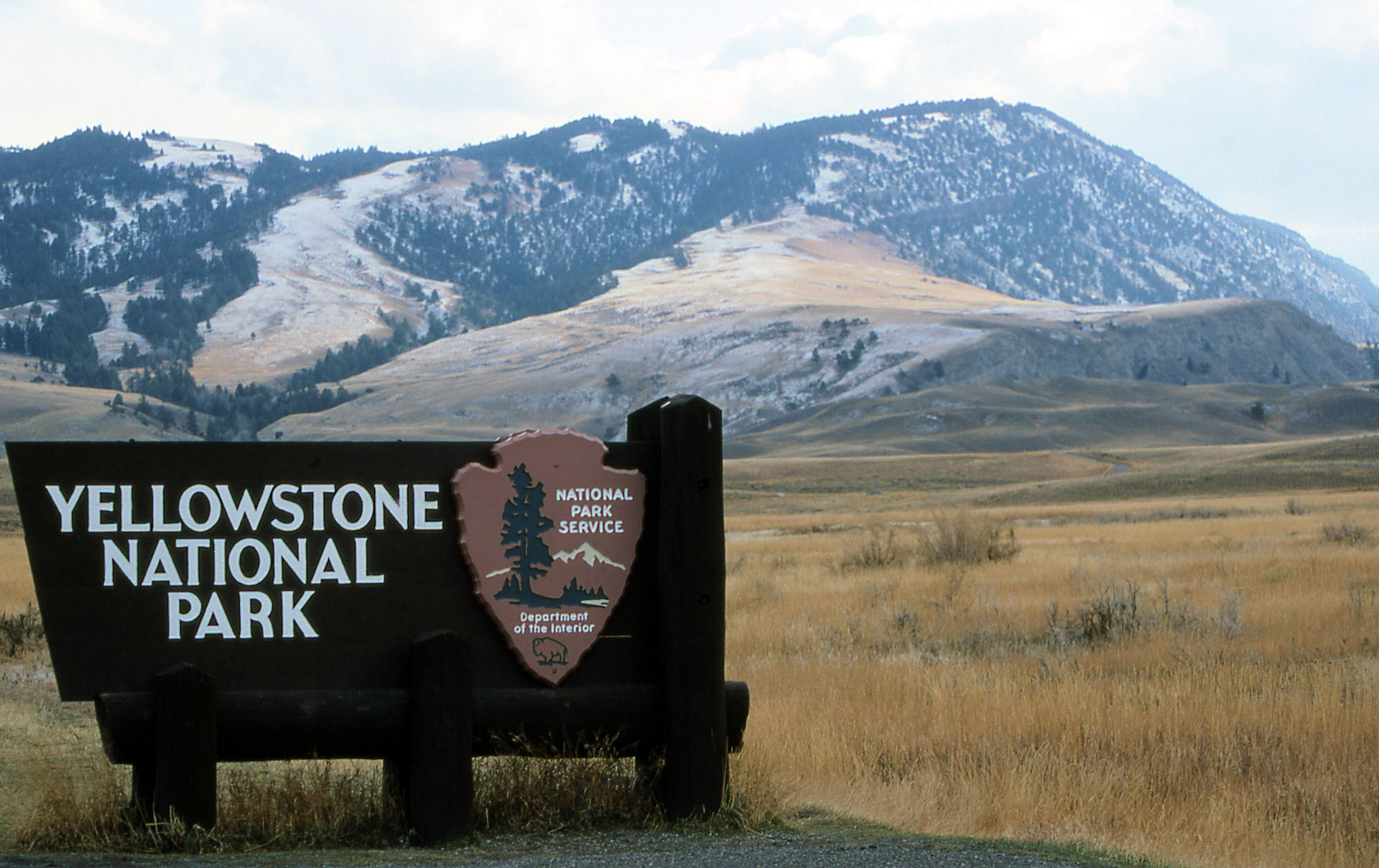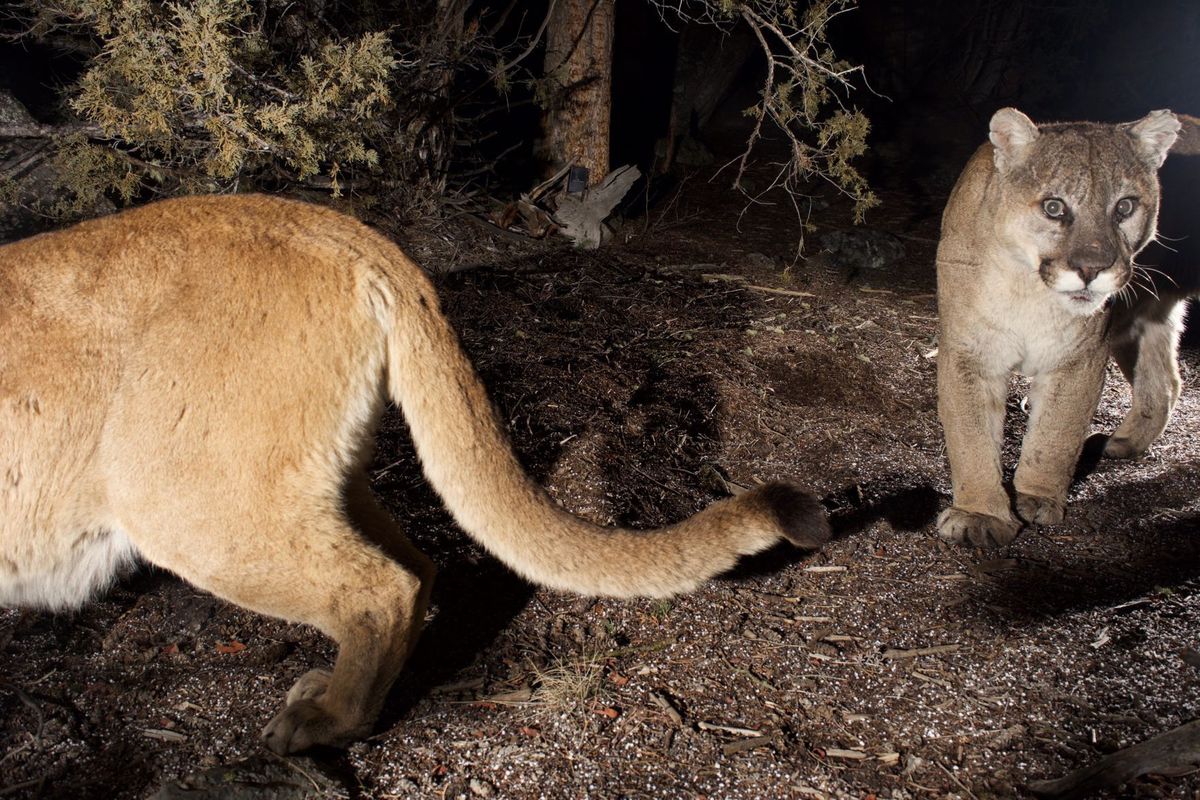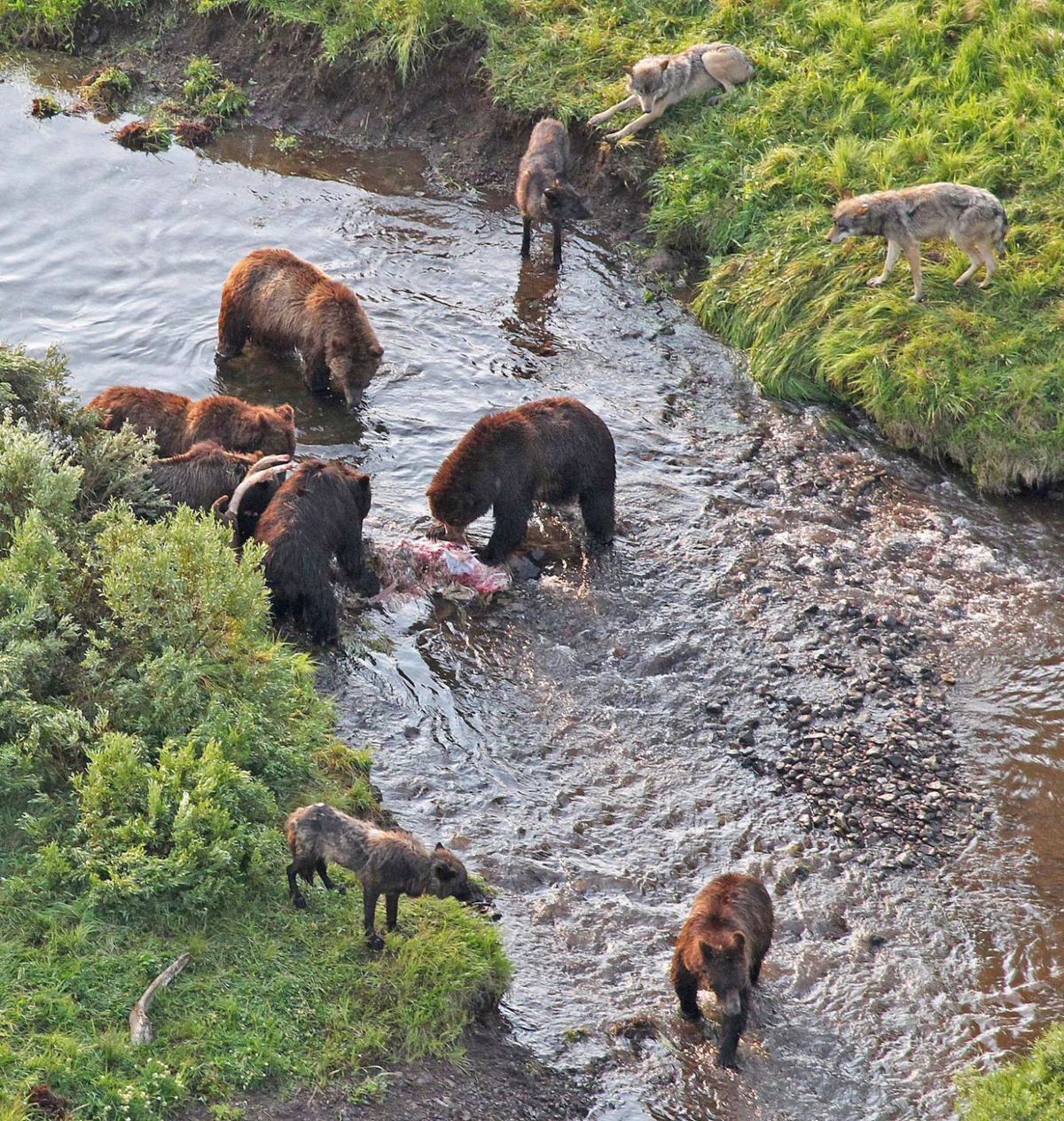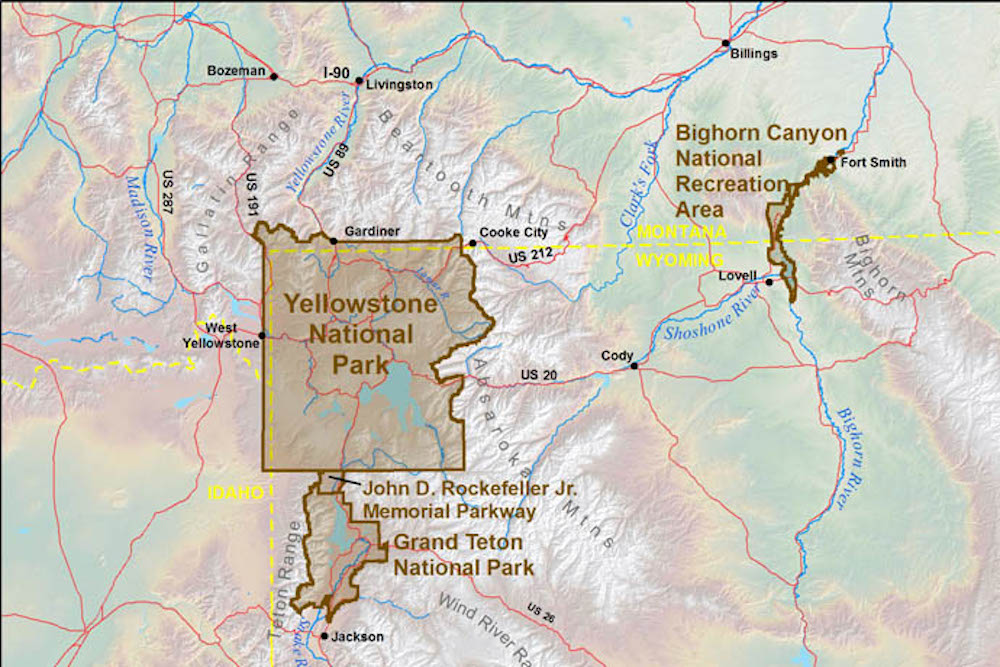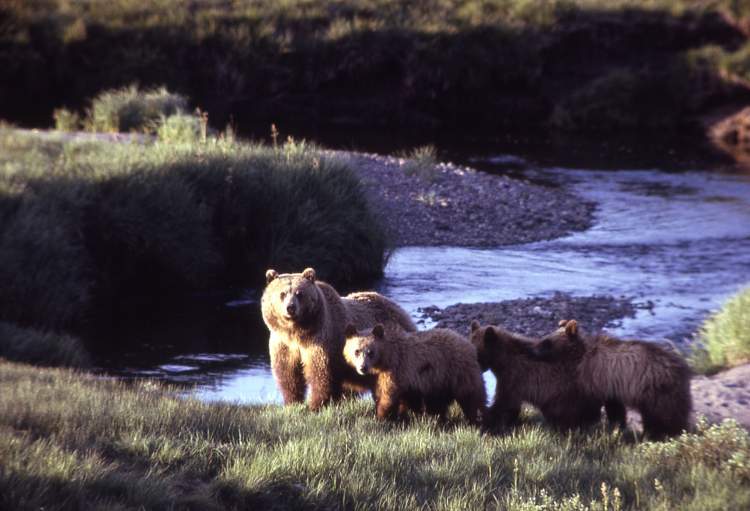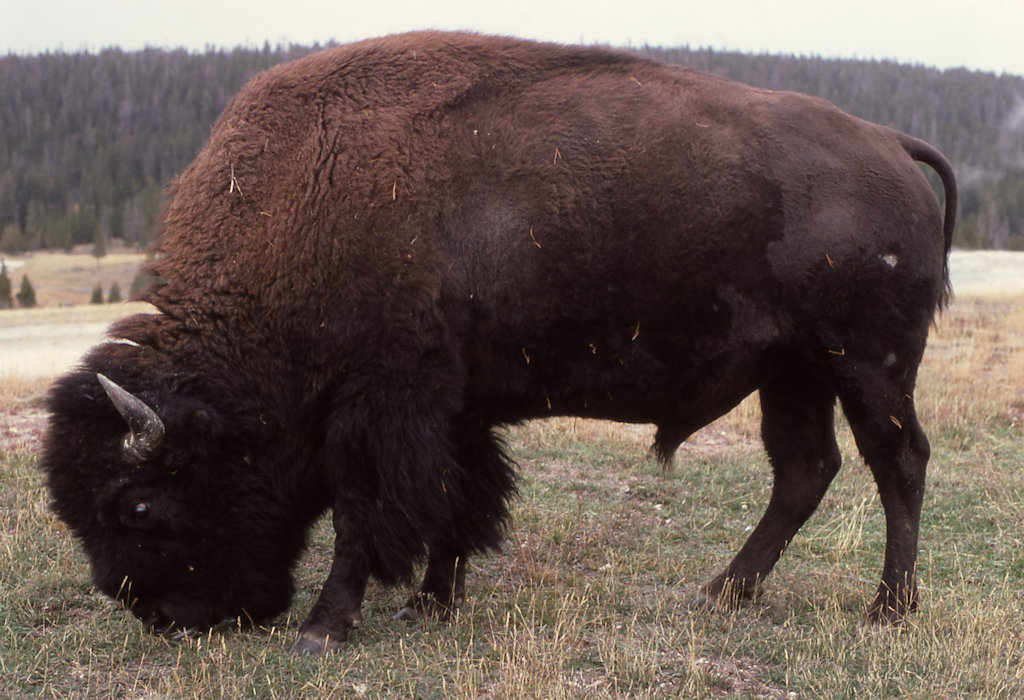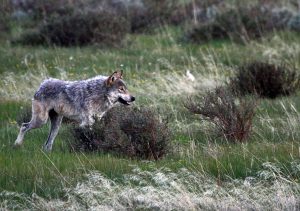
The Montana Fish, Wildlife and Parks Commission will shut down wolf hunting in the area around Yellowstone National Park as soon a few more wolves are killed . . .
Montana Fish, Wildlife and Park commissioners voted Friday to close wolf hunting and trapping in Region 3 once the wolf take reaches 82 wolves.
Region 3 encompasses an area of Montana just north of Yellowstone National Park. The take to date is 76 wolves.
Commissioner Pat Tabor, who is from the Flathead Valley, quashed an amendment to the motion that would have immediately closed wolf hunting and trapping in wolf management units units 313 and 316, which directly border Yellowstone. The smaller units are part of the broader Region 3.
